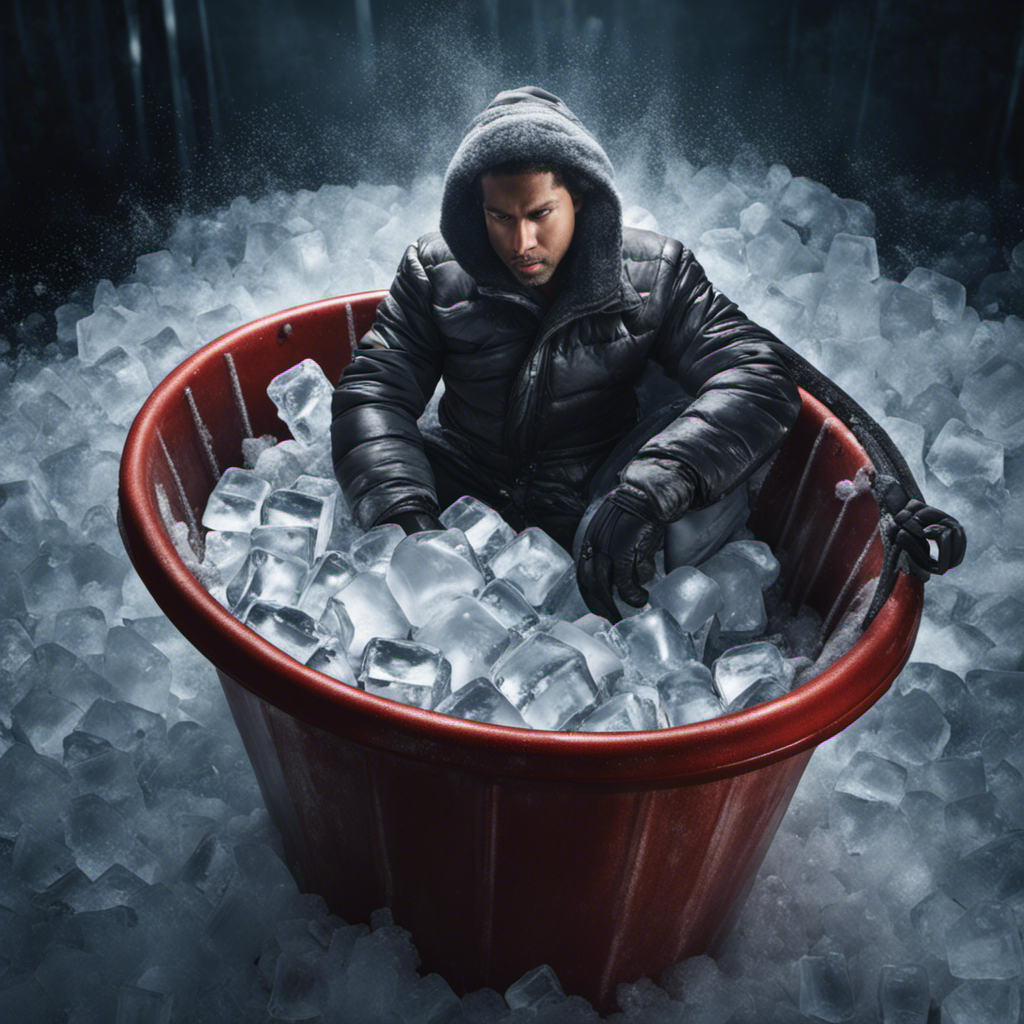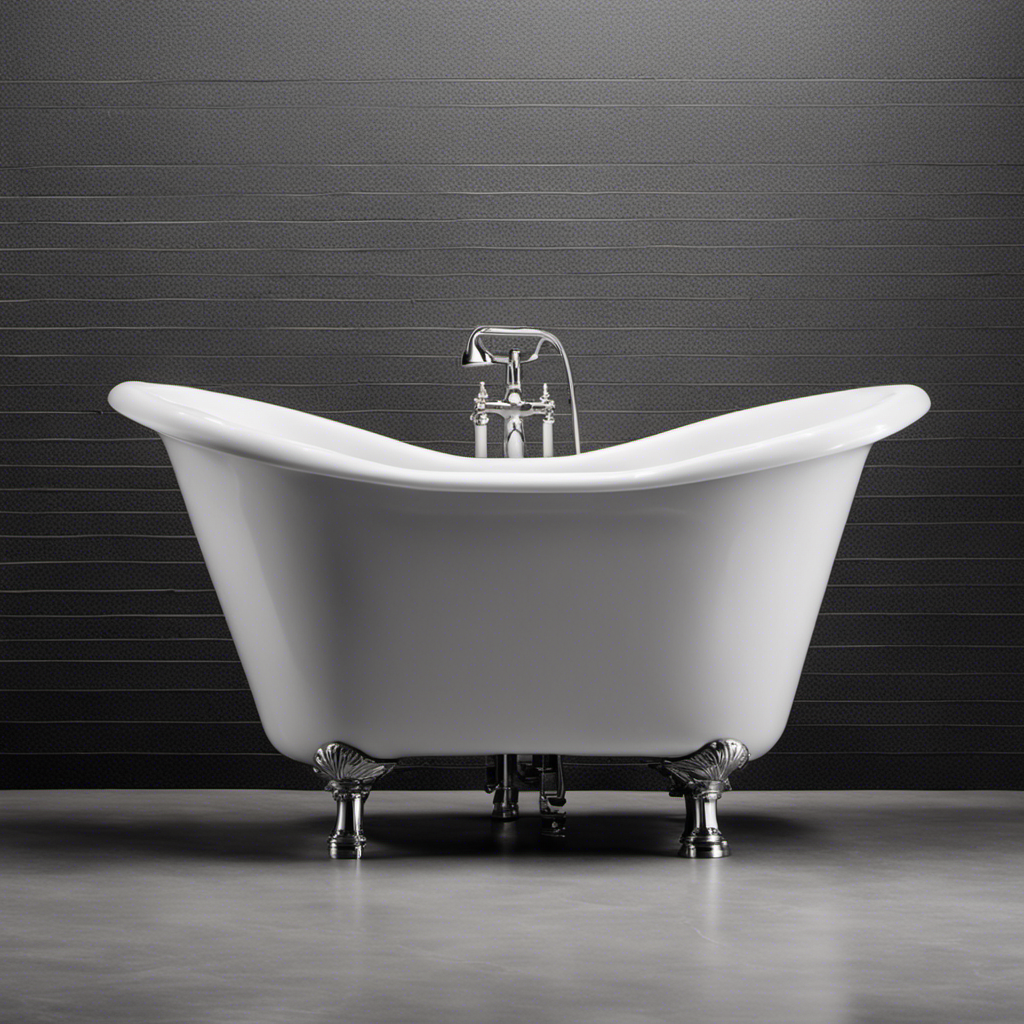Have you ever pondered what happens to the water after we flush the toilet? Allow us to shed some light on that for you.
The journey starts as soon as we press that flush button. The water swiftly flows through a complex network of pipes, making its way to a sewage treatment plant. There, it undergoes a meticulous treatment process before reaching its final destination.
In this article, we will delve into the intricate path that our flushed water takes, providing you with a detailed understanding of its ultimate fate.
Key Takeaways
- Flushing process releases water, with older toilets leading to water wastage.
- Dual flush toilets offer options for different types of waste.
- Advancements in toilet flushing technology contribute to water conservation.
- Water and waste go through pipes and a sewage treatment plant, where they undergo purification processes before being recycled or disposed of.
The Initial Flushing Process
When we flush the toilet, an indefinite amount of water is released to initiate the flushing process. This initial release of water is crucial in removing waste from the bowl and transporting it through the plumbing system.

Over the years, advancements in toilet flushing technology have greatly improved water conservation measures. Older toilets used a significant amount of water per flush, leading to wastage. However, with the introduction of dual flush toilets, water consumption has been reduced. These toilets offer two flushing options – a partial flush for liquid waste and a full flush for solid waste.
Additionally, modern toilets now feature high-efficiency flush mechanisms that use less water while still maintaining optimal flushing power. These advancements in toilet flushing technology have contributed to significant water savings and have been embraced by those who desire mastery in water conservation practices.
The Journey Through the Pipes
After the initial flushing process, the water and waste travel through a complex network of pipes to reach their final destination.
Here is a breakdown of the journey through the pipes:
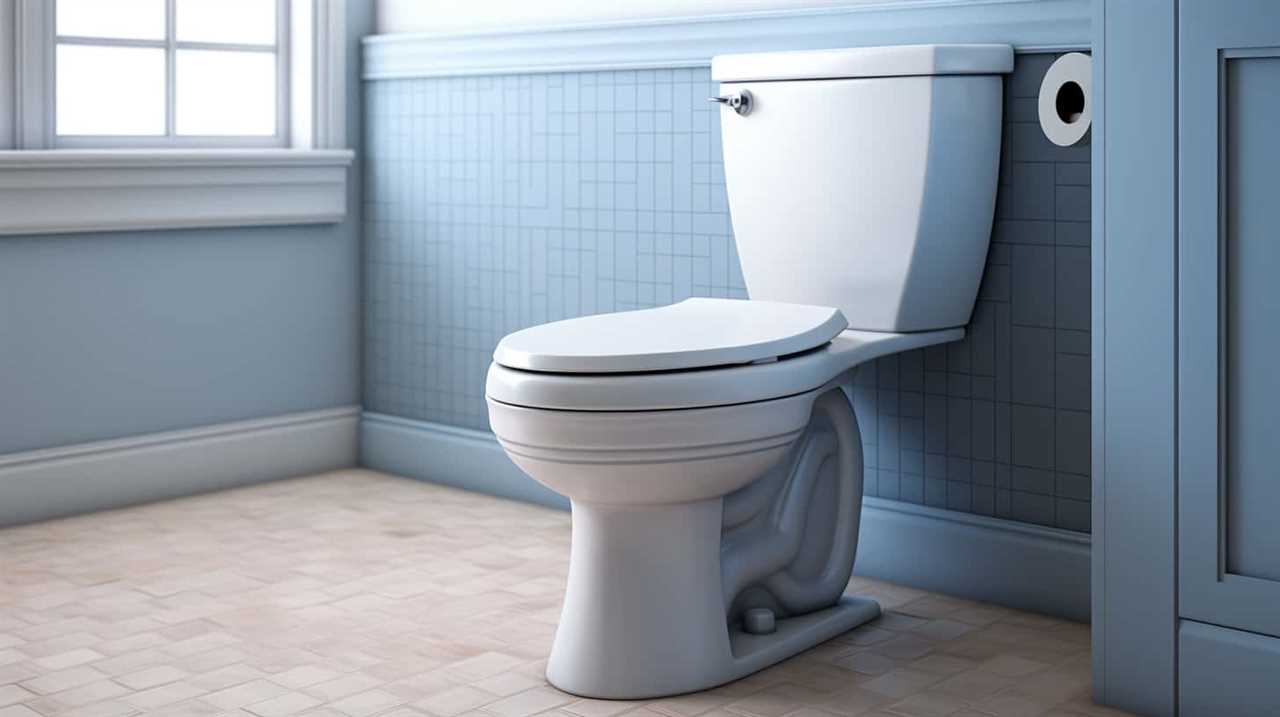
- Pipe network: The pipes that carry the water and waste are carefully designed to ensure efficient flow. They’re typically made of durable materials like PVC or cast iron, with a diameter that allows for smooth passage of the contents.
- Water flow: Gravity plays a crucial role in moving the water and waste through the pipes. The force of gravity causes the water to flow downwards, aided by the slope of the pipes. In some cases, pumps may be used to maintain the flow and overcome obstacles.
- Pressure regulation: To maintain optimal flow, pressure regulators are installed at strategic points in the pipe network. These devices control the pressure of the water, preventing any blockages or disruptions in the flow.
- Pipe maintenance: Regular maintenance of the pipe network is essential to prevent clogs and leaks. Inspections, cleaning, and repairs are carried out to ensure the smooth operation of the system.
As the water and waste continue their journey through the pipes, they eventually arrive at the sewage treatment plant, where they undergo further processing and treatment.
TRANSITION: Now, let’s explore what happens to the water and waste after they arrive at the sewage treatment plant.
Arriving at the Sewage Treatment Plant
Upon arrival at the sewage treatment plant, the water and waste undergo further processing and treatment. The main objective at this stage is to remove as many impurities as possible from the wastewater. One of the key processes involved is wastewater filtration, where the water is passed through various filters to separate solid particles and debris. This helps in improving the quality of the water before it is discharged back into the environment.
To give you a better understanding of the treatment process, here is a table summarizing the environmental impact of wastewater filtration:
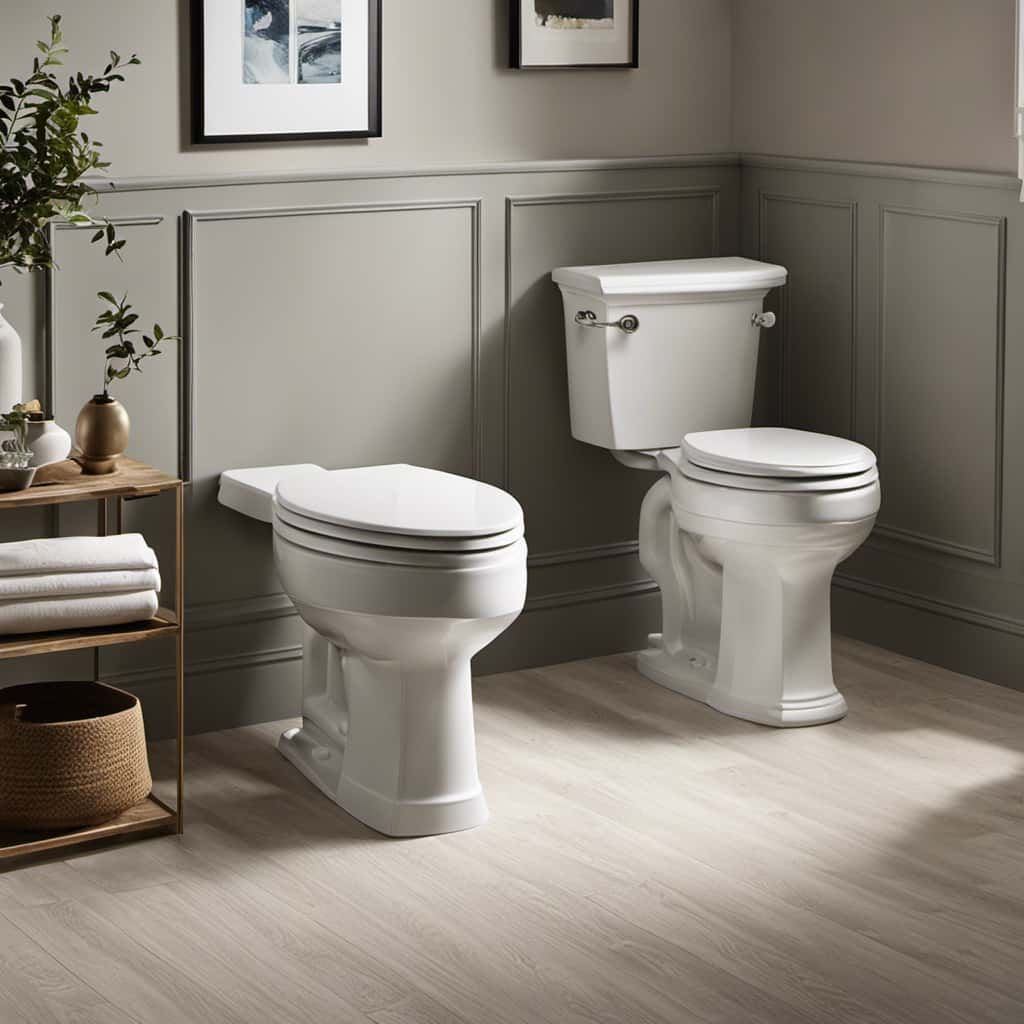
| Environmental Impact | Description |
|---|---|
| Water Pollution | Reduced by removing solid particles and debris from wastewater. |
| Ecosystem Disruption | Decreased by minimizing the amount of pollutants released into natural water bodies. |
| Public Health Risks | Mitigated by ensuring treated water is safe for the environment and human contact. |
| Biodiversity Loss | Lessened by reducing the introduction of harmful substances into ecosystems. |
| Climate Change | Alleviated by minimizing the release of contaminants that contribute to greenhouse gas emissions. |
The Treatment Process Begins
Once we’ve arrived at the sewage treatment plant, we begin the treatment process. Our goal is to purify the wastewater so that it meets the water quality standards set by regulatory agencies.
Here is a step-by-step breakdown of the purification process:
- Screening: We remove large objects like sticks, rags, and plastics from the wastewater using screens. This prevents damage to the equipment downstream.
- Primary Treatment: The wastewater flows into large settling tanks where solid particles settle to the bottom, forming sludge. We remove this sludge and send it for further treatment.
- Secondary Treatment: In this stage, we introduce air and beneficial bacteria to break down organic matter in the wastewater. This process, called activated sludge, helps remove pollutants and improve water quality.
- Disinfection: To ensure the water is safe for reuse or disposal, we use disinfectants like chlorine or ultraviolet light to kill any remaining harmful microorganisms.
The Final Destination: Recycled Water or Disposal
Once the wastewater has undergone the purification process, we must now determine whether it will be recycled for reuse or disposed of.
Recycling water offers numerous benefits, including reducing the strain on freshwater resources and minimizing the need for additional treatment. Recycled water can be used for a variety of non-potable purposes, such as irrigation, industrial processes, and toilet flushing. The water goes through a rigorous treatment process to ensure it meets quality standards and is safe for its intended use.
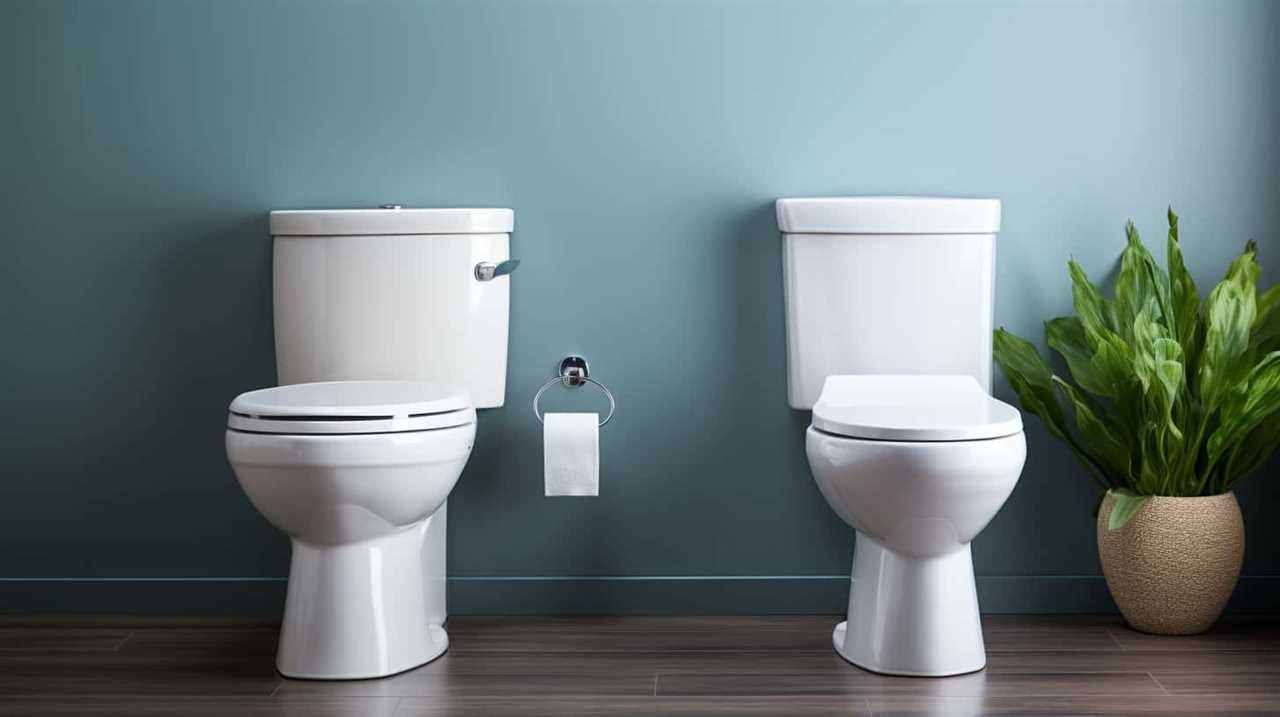
On the other hand, if recycling isn’t feasible or suitable, there are various disposal methods available. These may include discharge into water bodies, land application, or deep well injection. Each disposal method has its own set of regulations and considerations to prevent any adverse impacts on the environment and public health.
Frequently Asked Questions
How Does the Flushing Process Differ in Countries With Poor Sanitation Infrastructure?
When sanitation infrastructure is poor, the flushing process may differ due to limited access to clean water and proper sewage systems. This can result in alternative methods such as pit latrines or manual emptying of waste.
Are There Any Environmental Concerns Associated With the Journey of Wastewater Through the Pipes?
When it comes to the journey of wastewater through the pipes, there are indeed environmental concerns. From potential reuse opportunities to the impact on aquatic ecosystems, the impact is far-reaching and requires careful consideration.
What Measures Are Taken at Sewage Treatment Plants to Reduce Odors and Prevent Water Pollution?
Sewage treatment plants employ various measures to reduce odors and prevent water pollution. These include physical and biological processes like screening, sedimentation, and biological treatment, as well as chemical treatments like disinfection and filtration.
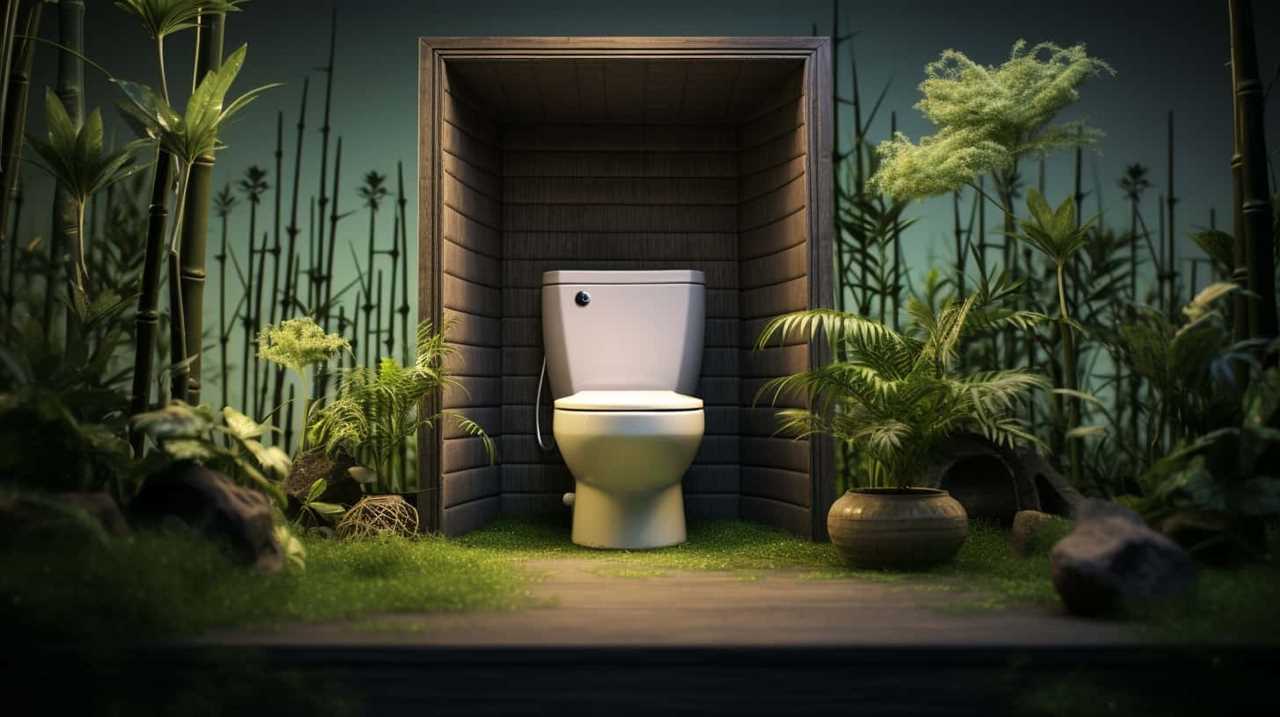
Is the Recycled Water From Sewage Treatment Plants Considered Safe for Human Consumption?
Recycled sewage water, while treated, raises concerns about water quality and potential health risks. We must assess the safety of this water before considering it for human consumption.
How Does the Disposal of Wastewater Differ in Urban Areas Compared to Rural Areas?
In urban areas, disposal methods for wastewater typically involve a centralized sewage system with treatment plants to maintain water quality. In rural areas, septic tanks are commonly used, requiring periodic maintenance to ensure proper disposal and prevent contamination.
Conclusion
In conclusion, when you flush the toilet, the water goes through a complex journey.
It’s initially flushed, then travels through a network of pipes, eventually reaching a sewage treatment plant.

At the plant, the water undergoes a treatment process to remove impurities.
After this, the water is either recycled for various purposes or disposed of safely.
So, next time you flush, remember that your waste is embarking on a remarkable adventure to find its final destination!



